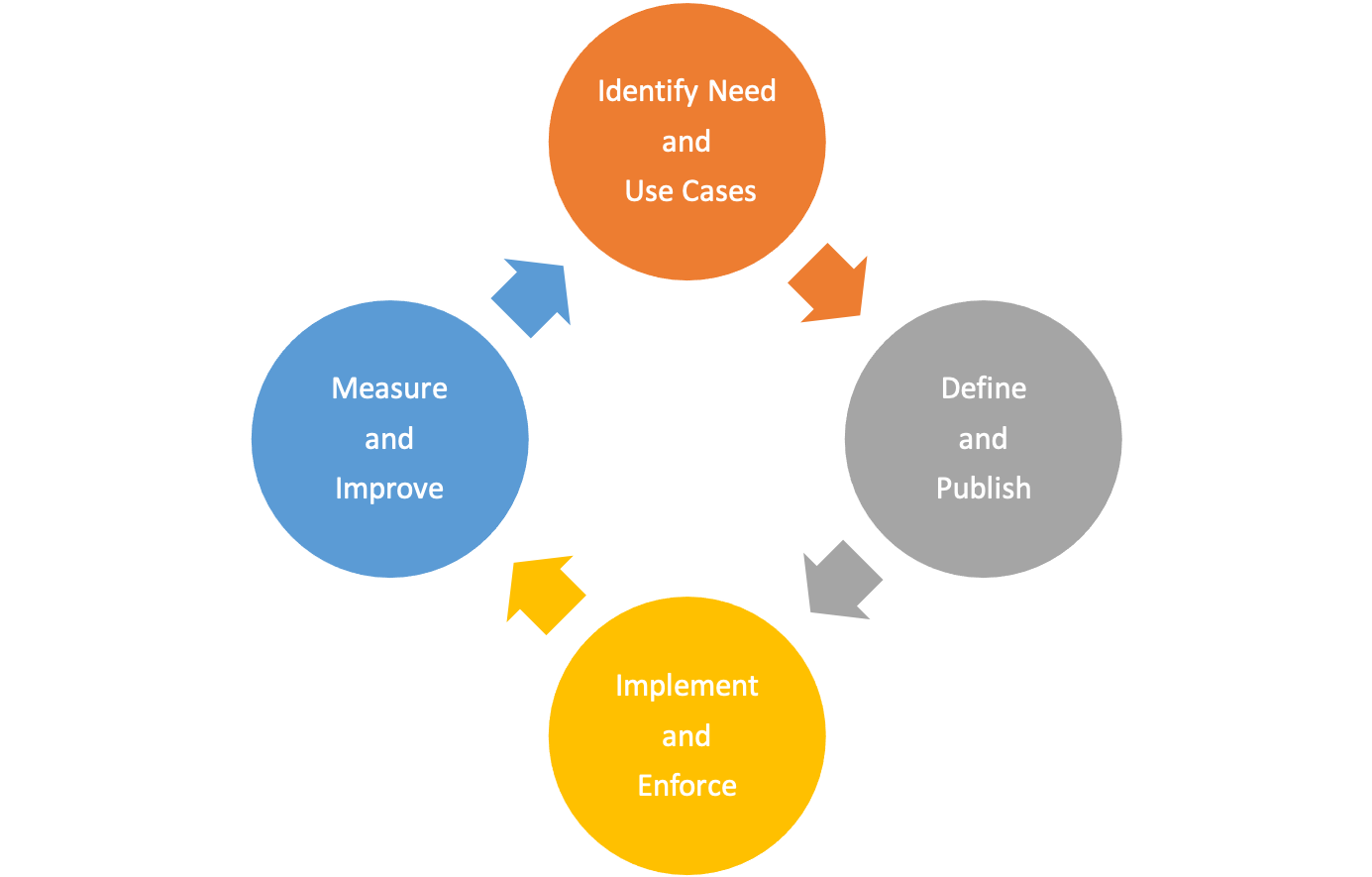Building your tagging strategy
As with many practices in operations, implementing a tagging strategy is a process of iteration and improvement. Start small with your immediate priority and grow the tagging schema as you need to.

Tagging strategy iteration and improvement cycle
Throughout this process, ownership is key to accountability and progress. Because tags can be used for a variety of purposes, the overall tagging strategy can be split into areas of responsibility within an organization. Tagging allows a programmatic approach to activities that depend upon the characterization of resources. The range of stakeholders that can benefit from tagging will depend on the size of the organization and operational practices. Larger organizations can benefit from clearly defining the responsibilities of the teams involved in building and implementing a tagging strategy. Some stakeholders can be responsible for identifying the needs (defining use cases) for tagging; others can be responsible for maintaining, implementing, and improving the tagging strategy.
By assigning ownership, you are in a good position to implement individual aspects of the strategy. Where appropriate, this ownership can be formalized as policy and documented in a responsibility matrix (for example, RACI: Responsible, Accountable, Consulted, and Informed), or in a shared responsibility model. In smaller organizations, teams might play multiple roles in a tagging strategy, from requirements definition to implementation and enforcement.